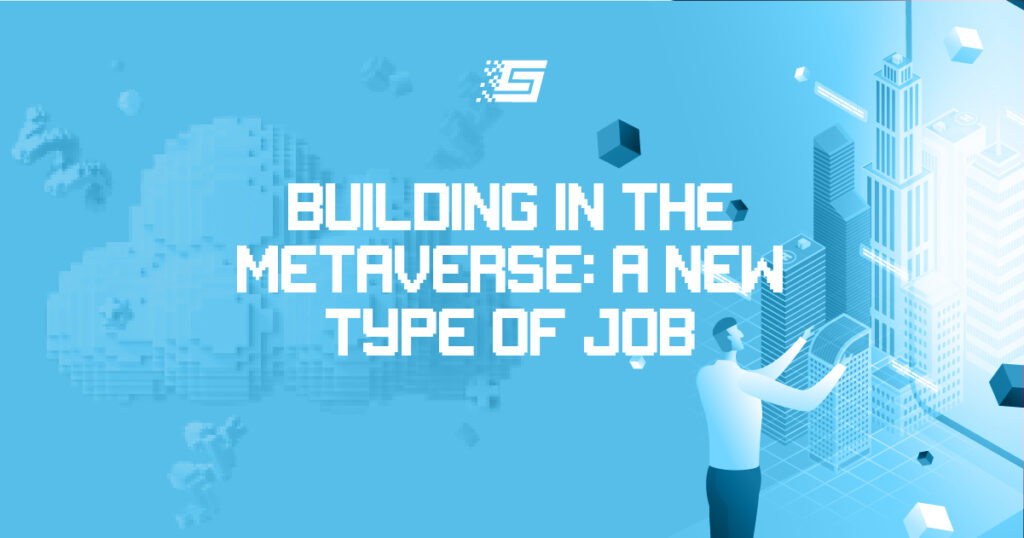What Really Matters in the Virtual World
Virtual Worlds
Firstly, to be clear about our topic, we should define virtual worlds. They are a subset of a virtual environment. There are many types of these environments that users can explore, like simulations, which differ from virtual worlds.
The term “world” describes an environment for its inhabitants, and a virtual word necessarily has multiple users. They don’t have to be online all at the same time, but their actions affect another’s experience within that space.
Thus, single-user environments don’t come under this category, even if using the same platform, as with OpenSim. These types of platforms should be classed as simulations.
As well as providing a game experience, these spaces can provide educational or any other specific experience. The users choose to create what goes into a virtual world.
Accompanying Technology
Virtual reality (VR) is a technical system through which users can experience simulated environments such as a virtual world.
Like a desktop computer or laptop, VR allows users to enter virtual worlds as an avatar and interact with the environment.
This technology provides access to virtual worlds while limiting our perception of the world outside, enveloping our senses to a heightened extent and thus enhancing the sense of immersion in the virtual world.
Key Elements of the Virtual World
The elements of a virtual world will influence the user’s experience within the space.
The following features satisfy the framework requirements and elements needed for experiences beyond that of a mere simulation.
Sense of Presence
A feeling of presence, being ‘in’ the virtual environment, is essential to a user’s experience.
Blurring the boundary between worlds, we feel as if we are in a virtual world, but we are aware at a basic level that we are still in the physical world. A number of features and possible experiences within the virtual worlds achieve this.
Another important element is a sense of “co-presence” (sharing the space and interacting with others). The user feels represented in the space, and others can acknowledge their arrival, departure, or actions they take.
A further experience linked strongly with the sense of presence is immersion. Total immersion is the loss of awareness of the physical world, although rarely experienced by users.
People will more likely experience less intense feelings of engagement or engrossment in a virtual world. The underlying familiarity they have with the controls or interface, for instance, will keep them grounded.
Shaped by Inhabitants
The inhabitant of a virtual world becomes both a consumer of content and a producer of content. This “prosumer” model, as some have called it, is facilitated through a networked infrastructure of tools to build content that others can consume.
Inhabiting a virtual world through an avatar means users don’t just create content, they also shape the experiences of others.
Using the technology, users can personalize an avatar with different attributes and interact with others as well as create objects, shaping the space in real-time.
The actions of users shape the virtual world, much like the material world, making it a central experience.
How the virtual world is shaped and the types of experiences that are created therefore rely on the inhabitants’ use of the technical features available.
Avatars in the Virtual World
Any world is experienced and mediated through entities’ bodies. Within a virtual world, an avatar gives the user an active agent to encounter the area.
The presence of each avatar is registered in the system, and their actions are observable. By allowing embodied movement around the virtual world, the avatar supports our sense of presence in the shared space.
The avatar, moving in 3D, interacting with objects and others, can be viewed in third-person, the typical default view. Thus we see both our own and others’ avatars and how they interact within the space.
The more realistic the actions, the more likely they are to support a sense of co-presence vital to user experience.
Concurrent Usability
To support a sense of sharing a virtual space with others, systems for multiple users to log in at the same time must operate as standard. Each user connects to a central or decentralized server via a client on their device through a local or public network.
Communication Tools
Essential to virtual worlds are the tools for communication between different users. These tools can include voice and text-based media through public and private messaging systems, as well as the uploading of images and symbols.
Through these mediums, we can co-construct a shared understanding of the world that we inhabit through our avatars.
Content Creation
To support content creation by users, construction features and programming capabilities, including tools for uploading content from external software packages like 3D meshes, must be in place.
Currently, virtual worlds such as There.com provide the opportunity to create content with an approval process before it can be seen in-world. More popular virtual worlds like Active Worlds and Second Life, however, will allow the user to generate and distribute content freely in real-time.
Persistence
Inhabitants of any world will come and go. Persistence ensures that a trace of their actions remains on the platform.
A persistent environment retains people and objects’ locations along with the information of object ownership.
Therefore, if a user creates an object within the virtual world, a second user will see that object in the exact location, regardless of whether the creator of the object is online or not.
A specific client-server architecture to allow for this possibility is essential for enabling the prosumer experience.
Decentralized metaverses will use a network of servers, and other more traditional platforms use central servers to manage the persistence and all interactions.
By storing serialized versions of objects that each user creates, the system registers all changes that take place in the virtual universe, with all data stored effectively.
Graphical Representations of Space
Lastly, the technology must provide users with a graphical representation of the shared space, the avatar within the space, along with the other users and objects in that space. The dynamic representation is facilitated by the client-server architecture of each action a user makes within a virtual world.
Written by Tyler Monette
Follow me on Twitter!


